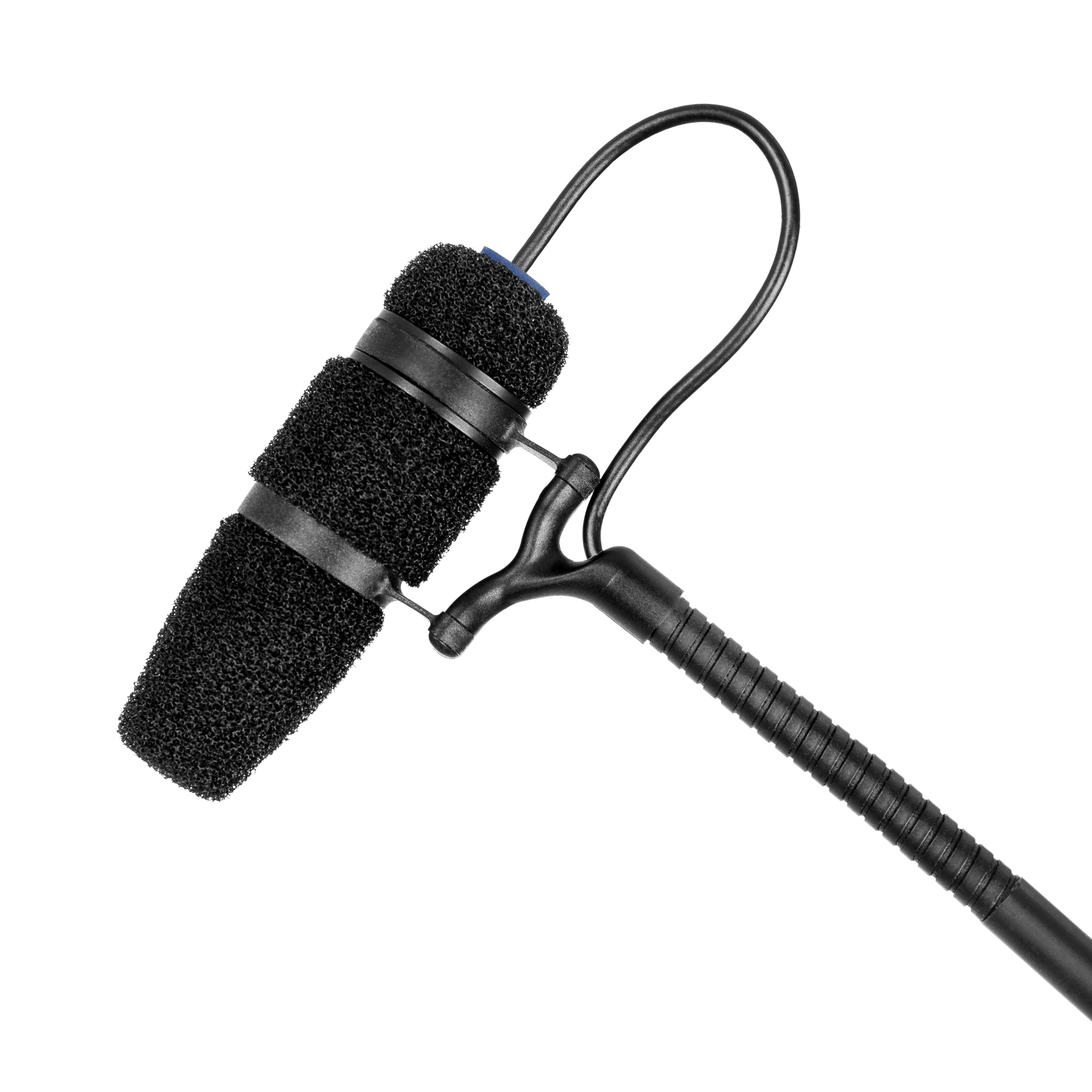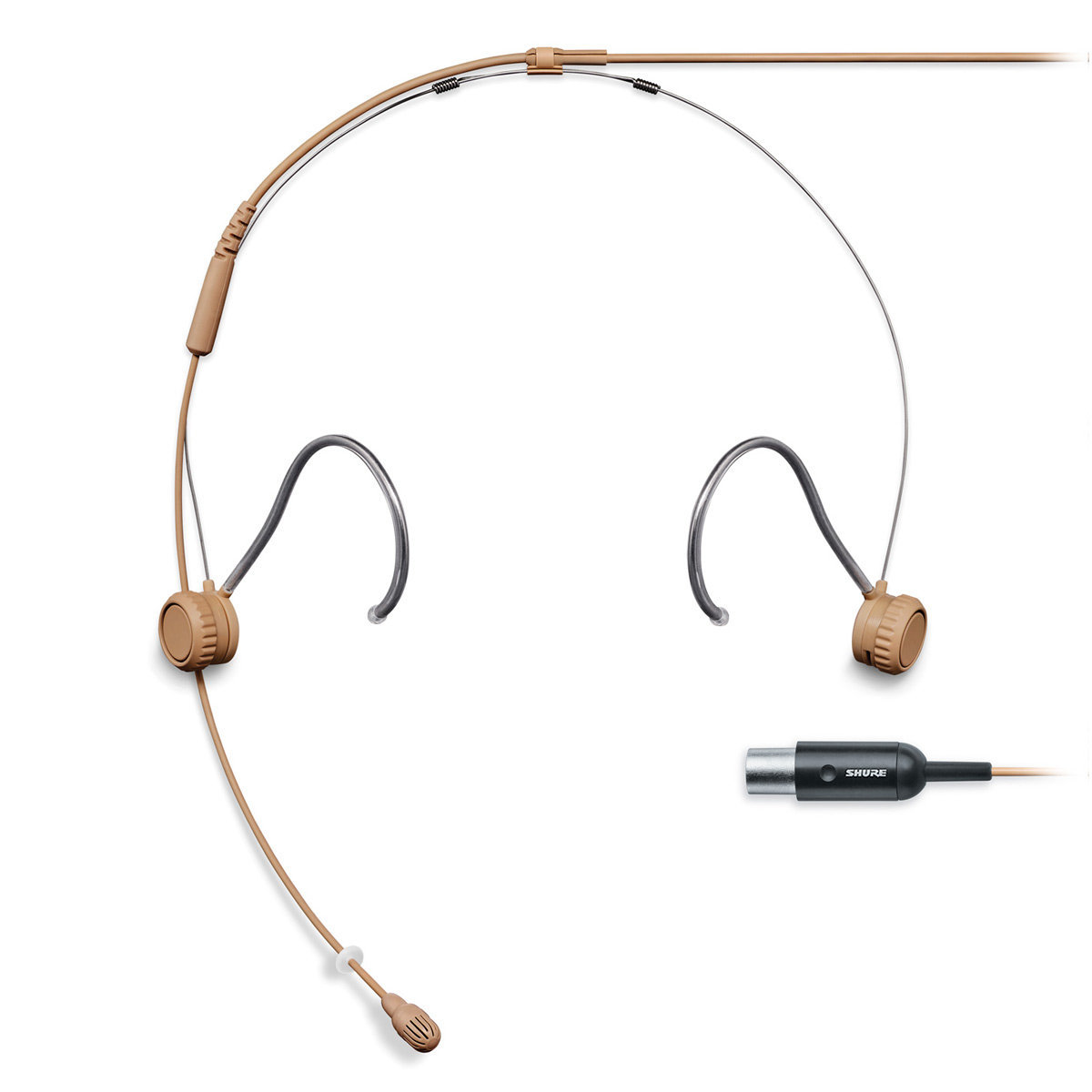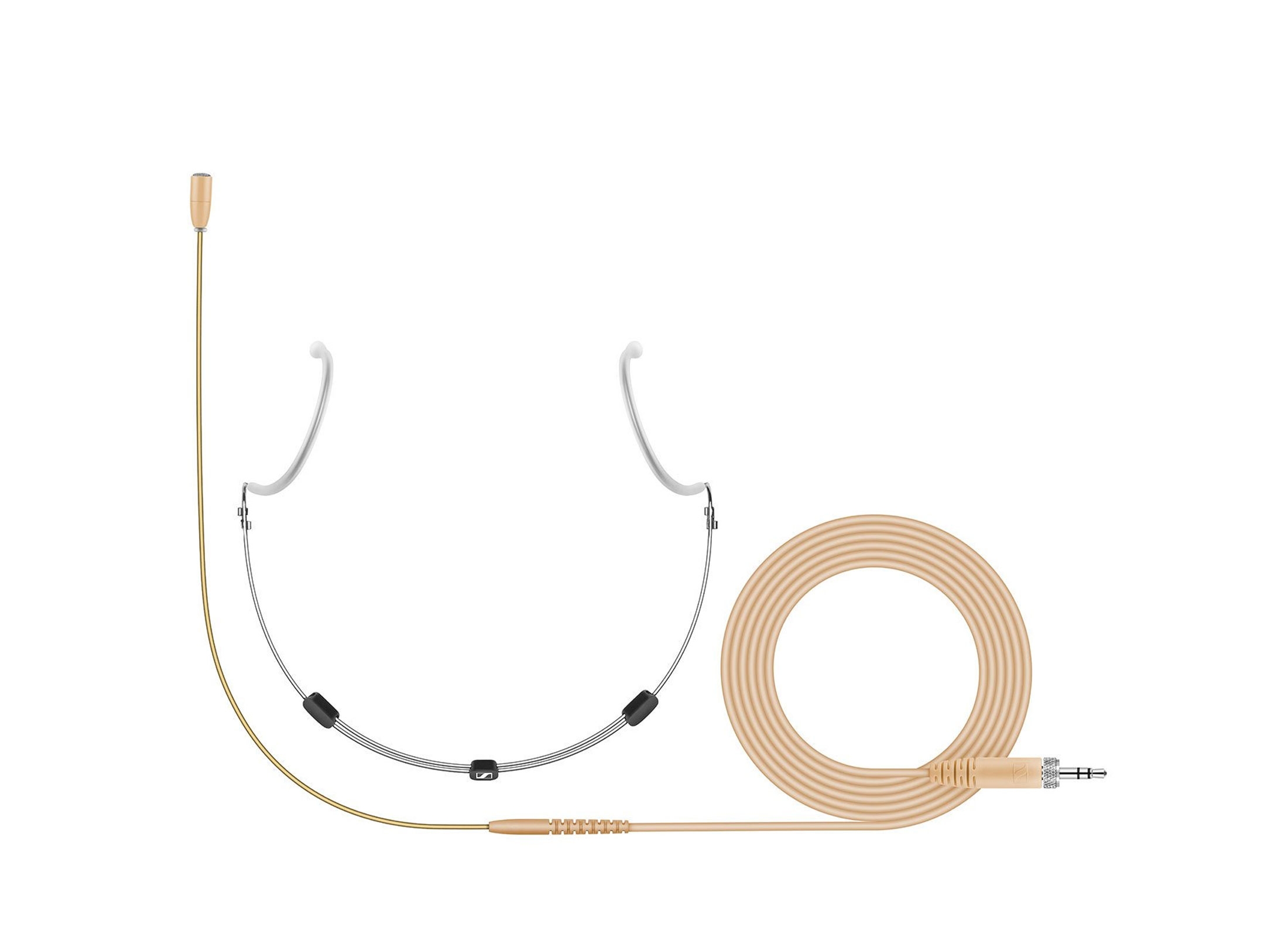Mics for Houses of Worship

Megachurches may attract a lot of attention in pro AV, but as many as 90 percent of U.S. churchgoers attend houses of worship with fewer than 500 fellow congregants—in fact, the median Sunday morning attendance nationwide is around 75 worshippers. The exact number of churches in the United States is difficult to pin down, but it’s safe to assume that there are tens upon tens of thousands, perhaps even as many as the 300,000 suggested by some analysts.
For microphone manufacturers and the sales outlets and integrators who support them, those numbers offer tremendous opportunities. At the smaller end of the scale, said Robb Blumenreder, audio for video specialist and commercial manager pro audio for Sennheiser, new plants and pop-up churches can be found in strip malls and other spaces in their thousands across the country, and more often than not, they need at least one microphone.
Of course, the mic is just one part of an ecosystem, he said. “It’s really about the whole system that you are able to put together. It starts at the microphone and ends at the speaker.” Those supplying the equipment should be aware of the peculiarities of this market, he advised. “You need to understand that your audience ranges from a newborn baby to an 89-year-old grandmother. You can’t take the same approach as at a rock concert. The most important thing is the clarity of the message—speech intelligibility.”
Scroll through the gallery below to see some of the latest microphones for houses of worship.

DPA 4097 CORE Supercardioid Choir Microphone
DPA's 4097 provides the same sonic qualities as the brand’s d:vote CORE 4099 Instrument Microphone ,but was designed specifically to capture dynamic choir sound—with both wireless or wired configurations. The 4097 Choir Mic also features DPA’s flat off-axis supercardioid pattern and was designed to be one of the most natural-sounding solutions available.

Shure TwinPlex
Shure’s TwinPlex provides natural audio at both high and low frequency when professional vocal performance is a must in houses of worship, according to the company.

Audix MicroPod Gooseneck Series
The Audix MicroPod Gooseneck Series is characterized with a uniformly controlled cardioid polar pattern, helping to isolate the speaker from other ambient noise on the stage. The MicroPod is available with a hypercardioid polar pattern for tighter pickup; supercardioid pattern is also available for greater reach and more focused response.

Sennheiser HSP Essential Omni
Sennheiser says its HSP Essential Omni pushes speech forward, while the device itself holds back from pressure and discomfort. Inconspicuous and lightweight, it is barely felt, even when worn for extended sessions.
Shure also has a 2.4 GHz system, GLX-D, that is popular with smaller churches, according Michael Moore of the company’s market development team. “When you’re talking three, four, up to six channels, folks will look at that as an option.”
As facilities grow and move into more of a contemporary style with a worship team that needs to move around on stage, they are often receptive to adopting digital wireless systems, said Moore. And as they make that digital transition, he says, it’s also not unusual to see them adopt two or three channels of Shure’s PSM 300 wireless in-ears.
“QLX-D has been a solid starting point to get into digital audio,” he reported, principally for the signal-to-noise ratio and the rechargeable lithium ion battery option. “Several churches have told me that the ROI is under two years because the amount of money they were spending on AA batteries was exorbitant. When they rent the facility, they still charge a battery budget, but the money goes to fund spare batteries or other audio gear.”
A daily selection of the top stories for AV integrators, resellers and consultants. Sign up below.
Those facilities with existing Dante-capable gear such as mixing consoles might instead opt for ULX-D “because of some of the other workflows of the devices on that network that you can see, like the gain structure and battery life.”
[Three Steps for Properly Miking Houses of Worship]
Unlike the larger churches that employ professional technical team members, small- and mid-size facilities often rely on volunteers. The correct equipment choices can help overcome some of the challenges that non-professionals encounter. “Especially in smaller churches, people are a little nervous of using condenser microphones; they’re worried about feedback,” said Lofty Whitaker, account manager with Audix. “But we get to use our technical know-how to come up with things that make it easy for a lay person to use, but sound good enough for a pro person to use.”
One example, he said, is the VX5 condenser mic. “We’re known for hypercardioid patterns, very good off-axis rejection and very low proximity, so it’s a well-behaved stage mic.”
As an alternative, Audix has a couple of lavalier options. “The L5 is my favorite. It’s a smaller broadcast-style lavalier mic. It has a field-replaceable capsule, a choice of cardioid or omni. If you decide you’ve pinned the wrong capsule on your talent, you can swap it out,” he added.
According to Whitaker, the big question is, where do you put a lavalier mic? “My rule of thumb is to put it a spread hand from the chin down.” But depending on a person’s clothing or vestments, that may be a challenge. “Headset microphones are a nicer idea,” he advised, “but some people don’t like wearing a headset.”
At the NAB Show in April, Shure unveiled TwinPlex, a dual-diaphragm subminiature lavalier mic intended for live production applications based on the company’s KSM8 dual-diaphragm dynamic design. The mic, which is also available as a headset, received very favorable reviews during beta testing, Moore reported. “Folks who listened to the mic commented about the top end being very smooth and very in control when putting it through a very large sound system in a very large venue.”
About a year ago Sennheiser introduced the HSP Essential Omni headset and MKE Essential Omni lav mic, new no-frills, cost-effective versions of its HSP 2 and MKE 2 broadcast products.
“Those products were really designed for the house of worship market in the U.S. They need the quality, but we knew we could bring the price down if we didn’t include every single accessory that a broadcaster would want,” said Blumenreder.
Gooseneck mics come into play in houses of worship of an appropriate size to be using a lectern or pulpit. There are two things that people often do wrong with podium mics, according to Whitaker: fiddle with it until it’s where they think it should be, and lean in too close to the capsule. Audix has a solution: the MicroPod 6S, a 6-inch gooseneck incorporating the company’s Micro technology preamp coupled with a 5-inch shotgun capsule. “That allows you to position it far enough back that people aren’t comfortable getting hold of it. And because it’s on a short gooseneck, they feel silly leaning down into it—so they don’t.”
Shure has recently introduced a shotgun capsule, the R189, for its Microflex (MX) line. “The mini shotgun gives you a more direct, close sound,” said Moore. “For folks with existing podium mics, it’s a great way to give them more directionality and a tighter sound with less ambient noise.”
Where there is a choir, “I’m a fan of hanging microphones,” said Blumenreder. “I want to get them away from anybody touching or moving them. Sennheiser manufactures products with accessories that go along with hanging mics—the ME series, 34, 35 and 36—that are designed to be installed sound microphones.”
But as Whitaker pointed out, “Hanging choir microphones were a great idea right up until they started putting video screens into churches,” since the mics can interfere with sightlines. So Audix introduced MicroBoom, a modular system that integrates a miniature condenser mic and preamp with a carbon fiber arm—50 or 84 inches long—and a gooseneck. “Extend the mic stand, extend the carbon fiber boom arm, and that gets the microphone to the same place as if you were to hang it,” he said.
Shure’s larger-diaphragm SM27 offers a warmer sound for choirs, said Moore, while the SM86 or SM58 work nicely for soloists. “But the big thing with choir mics is, less is more. If you get a really good quality, stable element within a good quality microphone that reproduces a very robust, natural sound, you normally can use fewer microphones to increase your gain.”
